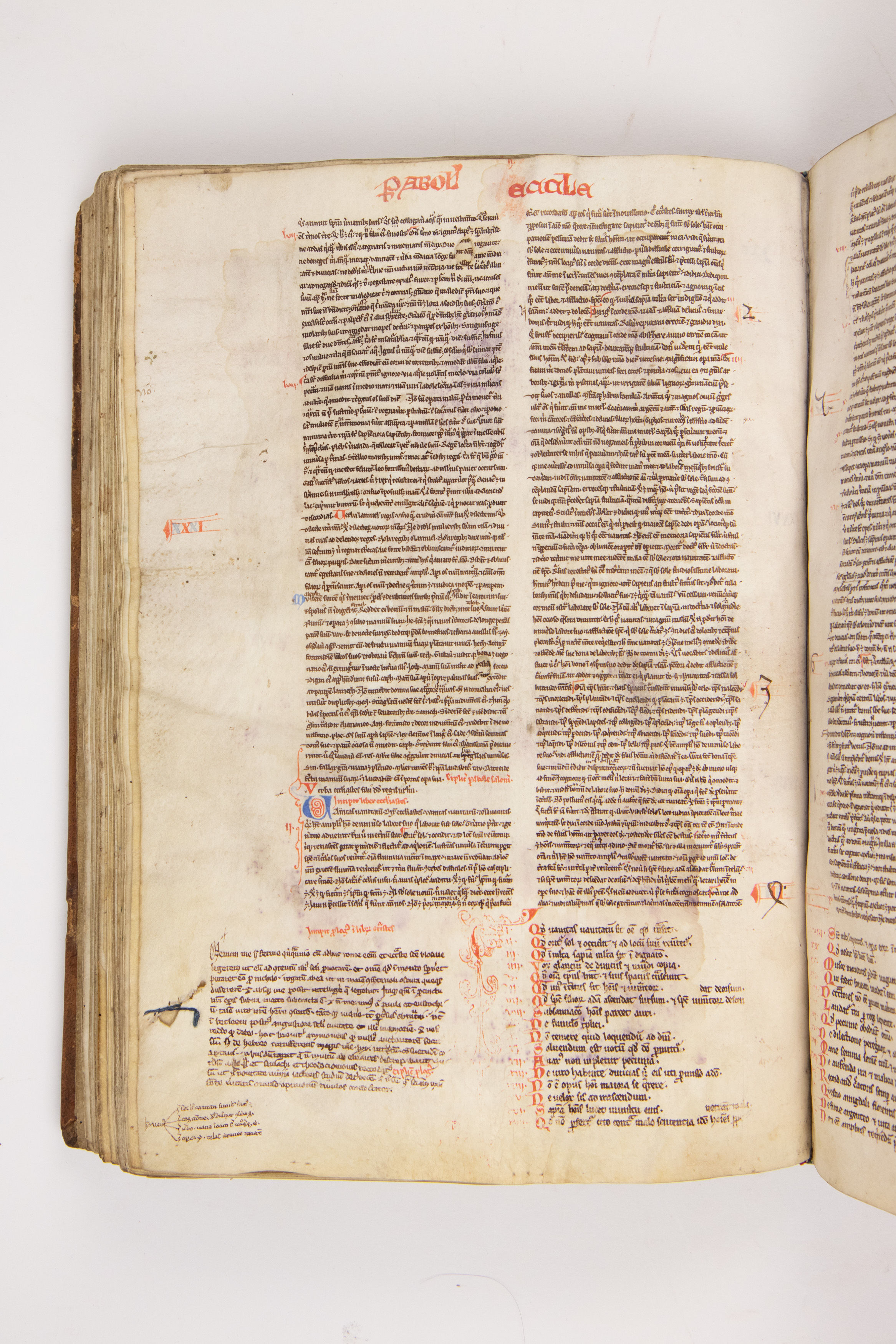
The texts, he adds, were found in Qumran, an archeological site at the Dead Sea near Jerusalem. He is a professor of ancient Christianity at the Humboldt University in Berlin, as well as president of the Brandenburg-Berlin Academy of Sciences. They were written in Hebrew and Aramaic," Christoph Markschies tells DW. "The earliest Old Testament texts we have date from the first century BC. The writings that make up the Old Testament, as it is called in the Christian canon, serve as the basis for world's three biggest monotheistic religions: Judaism, Christianity and Islam. What do we know about the origins of the Old Testament? These were produced centuries before the translation found by Kessel, and are manuscripts of the Old Testament, one of the two parts of the Bible. They will not be able to point to a specific date, but they can give close approximations.īy looking at such indicators, scientists have been able to determine when and where the oldest biblical manuscripts we know about were written. It will often vary, even from one generation to the next, and paleographers - or experts in historic handwriting - have a very nuanced understanding of how people wrote in specific time periods. They were of better quality and more durable, which is also the reason why we have a lot more biblical documents from the fourth century AD and later.Īnother useful clue is the type of handwriting. Afterwards, it was mostly replaced with parchment and vellum, materials made from animal skin. Papyrus - which is paper made out of the Egyptian papyrus plant - was mostly used before the third century AD. The materials they are made of, for instance, can tell a lot about when they were written.

By doing this, they can better understand who wrote it, when it was written, and where. Scientists use various methods to date ancient manuscripts. Syriac Christianity was the main form of Christianity in the Middle East, Kessel says, and together with Greek, it was the most important language of the religion's first centuries. He explains that the fragment was most likely written in what is today northern Iraq, but which was formerly part of Persia, an empire whose state religion was Zoroastrianism, a monotheistic belief of the Indo-Iranian tradition.Ĭhristianity was a minoritarian religion whose followers were partially tolerated and partially persecuted. "The differences were clear: you find different phrases and words that indicate this is an older translation."
#OLD MANUSCRIPTS VELLUM FULL#
There are hundreds of manuscripts of this full translation, and that was the text that he used to compare with the fragment he found in the Vatican Library. "The oldest one of them that has the whole text dates from the fifth century AD,” said Kessel. Syriac translations of the Bible are among the oldest that exist. Where did the newly discovered fragment come from? Such translations allow us to understand how the Bible developed through the centuries, on its way to becoming the most read book in human history. The fragment of writing is one more piece in the complicated puzzle that is biblical history. Syriac was a language spoken in ancient Syria.
.jpg)

He found a text that had been translated from Greek into Syriac in the third century AD. The ultraviolet light allowed Kessel to see layers of text that had been erased and were invisible to the naked eye. Kessel discovered the translation by applying ultraviolet light to digitalized images of manuscripts kept at the Vatican Library. That's what Grigory Kessel, a researcher from the Austrian Academy of Science, must have felt when he unearthed a 1,750-year-old translation of the New Testament - one of the oldest that we know about. So, every new discovery about the text has the potential to be a big deal. It is one of the most influential pieces of writing that has ever existed. More than 2 billion Christians worldwide base their faith on the New Testament.


 0 kommentar(er)
0 kommentar(er)
